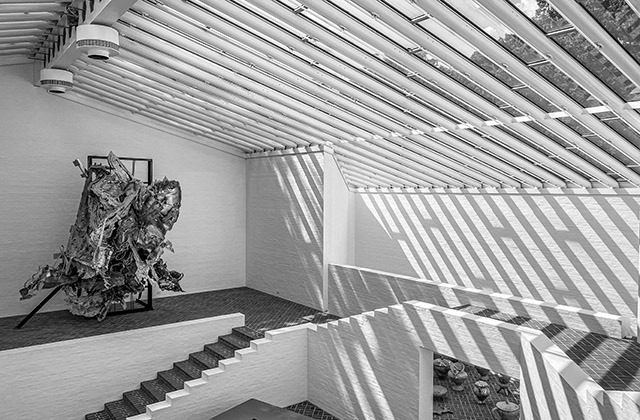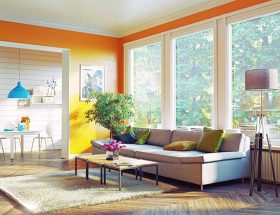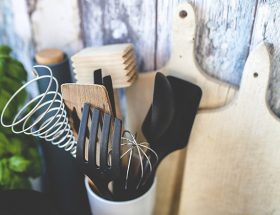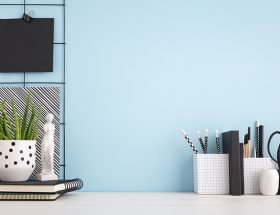Introduction
A perfect option to add style to your interiors is to use a tempered glass replacement for your table top. Tempered glass is a type of safety glass that can be used for tables and other flat surfaces. It’s made by heating and cooling regular float glass to extreme temperatures, thereby making the edges brittle on purpose. When the glass breaks, it shatters into small blunt chunks rather than sharp shards. Tempered glass is used in buildings, vehicles and homes because it’s so much safer than regular annealed float glass. However, tempered glass isn’t as easy to work with as ordinary annealed float glass; here’s what you need to know about working with tempered tables and countertops:
Tempered glass is 4 to 5 times stronger than regular glass.
Tempered glass is 4 to 5 times stronger than regular glass.
The tempered process makes the glass four to five times stronger than regular glass, which does not have this treatment. Tempered glass has a higher resistance to impacts and scratches, and it can also withstand high temperatures without breaking.
Tempered glass cannot be cut, drilled or ground after it has been tempered.
Tempered glass cannot be cut, drilled or ground after it has been tempered. Tempered glass is not suitable for use in high-traffic areas as the edges of the glass are soft and can chip.
Tempered glass is not suitable for use in areas where it may be exposed to extreme temperatures, such as a sauna or hot tub.
When tempered glass breaks, it shatters into small blunt chunks rather than sharp shards.
Tempered glass, as the name suggests, is heated and then cooled rapidly, which causes the surface to become hard and shatterproof. When tempered glass breaks it shatters into small blunt chunks rather than sharp shards. This is because when heat is applied to the surface of ordinary glass it expands slightly—the same way a soda will explode after being frozen in a freezer for too long—and when the glass cools down again it contracts. This process causes stresses within the material that are released when you hit it or drop it on something hard like concrete or another piece of furniture; this then leads to breakage and injury if not protected by something else such as an acrylic tabletop top that would absorb some of that impact force before transferring it elsewhere (in this case onto your feet).
Tempered glass will not break spontaneously.
Tempered glass is stronger than regular glass, but it’s not as strong as other materials. Although tempered glass can be manufactured to be extremely strong, the very fact that it breaks into many small pieces when it shatters means that there can still be sharp edges after the impact of a fall or blow. The strength-to-weight ratio of tempered glass is about 5 times greater than annealed (regular) window glass. However, this does not make it especially strong compared with other materials such as metal or ceramics.
Tempered glass is more expensive than ordinary annealed float glass.
The cost of tempered glass is a little more complicated than that of annealed float glass. It’s important to remember that tempered glass is stronger and lighter than regular glass, so it can be made thinner without breaking. Tempered glass has to be processed differently in order to make it this strong, which means it requires extra labor and materials (the same reason why your car windows are so expensive). Finally, since tempered glass is more fragile than flat annealed float, shipping costs can also be higher.
All edges must be smooth and free from sharp edges to prevent cuts.
When it comes to tempered glass, all edges must be smooth and free from sharp edges. This means that any cuts or chips in your table top will have to be repaired or replaced after the glass is tempered. Remember that tempered glass is four to five times stronger than regular float glass and cannot be cut, drilled or ground after it has been tempered. Therefore, adding reinforcements like metal studs will not be possible if you choose to use this type of product for your project.
You can’t do whatever you want with tempered glass; handle with care.
Tempered glass is not easily broken or cut, so it’s hard to damage. However, this also means you have to handle it with care if you want it to last a long time. If tempered glass breaks due to mishandling or other abuse, the resulting pieces of broken glass are likely to be more dangerous than regular old broken glass.
The good news is that tempered glass won’t shatter into large sharp pieces like regular old pane of un-tempered window; instead it will break into small chunks which are much less harmful than large shards would be. This makes them safer for kids and pets who might get cut on them by accident.
Conclusion
Tempered glass is a great choice for tables and other furniture, but it does have some limitations. If you are looking for something that can be cut or drilled after installation, annealed float glass may be a better option. If you’re not sure which type of glass would be best for your project, consider consulting with a professional who can help you make an informed decision based on your specific needs.









